In this blog, we’ll talk about how you can enjoy the benefits of doing a full-range Nordic Curl rep while getting all the support you need to strengthen your hamstring muscle. It all happens when you go to Anti-Gravity Mode.
Key Takeaways
- Unlock next-level resistance training: The OmniBands offer a unique way to reduce body weight impact, making exercises like squats and push-ups feel lighter while still building strength.
- Customize your workout intensity: Easily adjust the resistance with OmniBands for progressive overload, drop sets, and advanced training techniques to push your limits.
- Perfect for all fitness levels: Whether you're a beginner or advanced, the OmniBands allow you to scale exercises up or down, giving you a tailored workout experience.
What is Anti-Gravity Mode?
Anti-Gravity Mode is a fantastic method to ease into Nordic Curls. Think of it like bench pressing: you wouldn’t start with your max weight but would gradually increase it, just like you would with any hamstring exercise. Similarly, the bands in Anti-Gravity Mode take off some of the weight, allowing you to perform the exercise successfully and build strength progressively. This mode helps you perform Nordic Curls effectively by providing the right assistance level, enabling you to track and ensure consistent progress. For example, if you manage Level 5 today, aim for Level 4 next time. This incremental increase in challenge will guide you to achieving a full Nordic Curl.
Importance of Hamstring Flexibility
Hamstring flexibility is vital for both injury prevention and performance enhancement. Tight hamstrings can lead to a limited range of motion, affecting your ability to perform essential movements like squats and deadlifts efficiently. Moreover, inflexible hamstrings may increase the risk of knee injuries, as they put extra stress on the knee joint during physical activity.
To improve hamstring flexibility, incorporating regular hamstring stretches into your routine is key. Techniques like the seated hamstring stretch or the standing hamstring stretch can help elongate the muscle fibers, promoting better movement and reducing stiffness. A soft knee bend during these stretches ensures you're targeting the hamstring muscles without straining your ligaments.
By enhancing flexibility, you're not only preparing your lower body muscles for more intense workouts but also supporting the overall health of your hip joint and knee joint. This approach leads to better muscle activation and improved athletic performance.
Preventing Common Hamstring Injuries
Preventing hamstring injuries is crucial for maintaining a consistent and effective workout routine. Common hamstring injuries, such as strains and tears, occur due to overuse, poor flexibility, and inadequate warm-ups. To mitigate these risks, it's essential to integrate specific strategies into your training regimen.
Start with a comprehensive warm-up focusing on dynamic stretches that prepare the hamstring muscles for exercise. Movements like leg swings and high knees increase blood flow and loosen up muscle fibers. Additionally, ensure you're performing hamstring exercises with proper form. Techniques such as keeping your feet shoulder-width apart and hips forward during exercises can prevent undue stress on the muscles.
Incorporating strength-building exercises, such as hamstring curls and Nordic hamstring curls, can also fortify these muscles. This builds resilience against strains. Regularly assessing your exercise form and integrating balanced workouts will help you maintain strong hamstrings, reducing injury risk and enhancing overall athletic performance.
Starting Out
To begin, use two bands (one on each shoulder) with our new and improved design. Find a challenging point on the ladder that allows you to perform 5-8 reps without being easy enough to hit 15 reps effortlessly. Once you've identified this point, record it. Each session, aim to either:
- Increase reps per set from the last time
- Slow down your reps for more control
- Move one level lower on the ladder for added challenge
If you're sore or not at your best, it's fine to stay at the same level. Remember, some reps are always better than none.
Progressing Beyond Level 1
When Level 1 with two bands becomes easy, switch to one band to continue your progress. Unlike many tools that only help with partial reps, our design supports you through the entire journey to performing a full Nordic Curl. By the time you can do 8 reps with one band at Level 1, you’ll be capable of a full Nordic Curl.
Incorporating Drop Sets
Drop sets are a game-changer, especially for those familiar with Nordic Curls. Here's how to do them:
- Choose three levels: easy, medium, and hard.
- Start with the hard level, performing 5-8 reps with good form.
- Once fatigued, adjust the strap for an easier level or add a band and do as many reps as possible.
- Finally, add more assistance and continue until you reach the desired fatigue level.
This method ensures an intense workout and helps you finish strong.
Bonus: Hamstring Curls with OmniBands
Hamstring curls with OmniBands are a great way to start, warm up, or address imbalances where one leg might be stronger. If you're not ready for Nordic Curls, banded hamstring curls are an excellent way to build strength and prepare your muscles.
Benefits of Progression in Exercises
Progressive exercise, where you gradually increase the difficulty of your workouts, has multiple benefits:
- Injury Prevention: Proper progression helps prevent injuries by ensuring muscles and joints adapt safely to increased loads .
- Consistent Improvement: It allows for continuous strength and performance improvements without plateaus .
- Motivation and Tracking: Tracking progress and seeing improvements keep you motivated and engaged in your fitness journey .
Understanding Muscle Groups
Understanding the hamstring muscle group is crucial to maximizing your gains effectively. The hamstrings consist of three primary muscles: the biceps femoris, the semitendinosus, and the semimembranosus. These muscles run along the back of your thigh from your hip to your knee joint. They are responsible for key movements such as knee flexion and hip extension. Each muscle plays a distinct role in stabilizing the knee and allowing motions like bending, running, and jumping.
A well-rounded hamstring workout targets all these specific hamstring muscles. This ensures balanced muscle development and reduces the risk of common hamstring injuries. Incorporating exercises like stiff leg deadlifts and lying leg curls can engage different parts of your hamstrings, leading to stronger, more resilient lower body muscles. By focusing on each muscle group, you can enhance your athletic performance and achieve the muscle gains you’re aiming for.
More Essential Hamstring Exercises
Bulgarian Split Squats
Bulgarian split squats are a powerful exercise for enhancing hamstring strength and overall lower body muscle development. This exercise targets multiple muscle groups, including the hamstrings, quads, and glutes, making it a comprehensive movement for building lower body strength. To perform a Bulgarian split squat, stand a few feet in front of a bench or elevated surface. Place one foot on the bench behind you, ensuring your feet are shoulder-width apart. Lower your body by bending your front knee, keeping your weight centered through the heel and ensuring your knee remains aligned with your toes pointing forward.
This movement not only develops the hamstring muscles but also improves balance and coordination. Incorporating Bulgarian split squats into your routine can enhance muscle activation and contribute to knee joint stability. For added intensity, you can hold dumbbells or a kettlebell. Regular practice of this exercise will lead to strong hamstrings and improved athletic performance, making it a staple in any hamstring training program.
Hip Thrusts
Hip thrusts are an essential exercise for maximizing hamstring and glute strength. This movement targets the posterior chain, focusing on hip extension and enhancing muscle activation in the lower body. To perform a hip thrust, sit on the ground with your upper back against a bench and feet planted flat on the floor, about shoulder-width apart. Place a barbell across your hips and hinge forward at the hip joint. Thrust your hips upward until your torso is parallel to the ground, squeezing your glutes at the top.
Hip thrusts are valuable for improving hamstring strength while also promoting strong glutes, which are crucial for athletic performance. This exercise reduces the risk of knee injuries by strengthening the hamstring muscles and supporting the knee joint. For added comfort, use a barbell pad or extra thick foam to cushion the barbell. Incorporating hip thrusts into your routine will lead to enhanced lower body power and improved athletic capabilities.
I hope this guide helps you build more resilient hamstrings. If you have any questions, please reach out!
Let’s lean into strength to lean more into life!
Garrett
Sources:
-
American Council on Exercise. (n.d.). Progressive Overload Principle.
-
National Academy of Sports Medicine. (n.d.). Principles of Exercise Progression.
-
Harvard Health Publishing. (2019). The importance of exercise progression.
FAQs
How can I build my hamstrings fast?
Building your hamstrings quickly requires a combination of strategic workouts, proper nutrition, and consistent effort. Start by incorporating compound and isolation hamstring exercises into your routine, like stiff leg deadlifts, hamstring curls, and Nordic hamstring curls. These exercises target different parts of the hamstring muscles, ensuring balanced growth and strength increases.
Focus on progressive overload by gradually increasing the weight or resistance used in your workouts. This approach stimulates muscle fibers, promoting faster muscle gains. Complement your exercises with dynamic warm-ups and stretches to enhance mobility and prevent injuries, allowing for more effective workouts.
Nutrition is also critical. Consume a protein-rich diet to support muscle repair and growth, and include carbohydrates to fuel your workouts. Hydration aids in recovery and performance, so maintain adequate fluid intake.
Lastly, ensure you get enough rest to allow your muscles to recover and grow. By consistently applying these strategies, you can accelerate your hamstring development effectively.
How long does it take to build hamstrings?
Building hamstrings is a gradual process that varies depending on factors like training intensity, diet, and individual physiology. Generally, you can start noticing improvements in hamstring strength and muscle definition within 4 to 8 weeks of consistent training. During this period, focus on regular hamstring workouts that incorporate a mix of exercises such as leg curls, Romanian deadlifts, and hip thrusts.
For noticeable muscle growth, it typically takes around 8 to 12 weeks with a well-structured workout plan and proper nutrition. Ensure your diet supports muscle development by including adequate protein for muscle repair and growth, and carbohydrates to fuel your workouts.
Consistency is crucial. Stick to a regular training schedule, incorporating progressive overload to continually challenge your muscles. Additionally, prioritize recovery through rest days and active recovery techniques to optimize gains and minimize the risk of injury. By maintaining these practices, you can achieve substantial hamstring development over time.
How to increase hamstring size?
Increasing hamstring size involves a combination of targeted exercises, proper nutrition, and recovery strategies. To effectively build your hamstrings, focus on exercises that engage the muscle group thoroughly. Incorporate movements like lying leg curls, Romanian deadlifts, and good mornings, which emphasize muscle fibers' activation in the hamstrings.
Implement progressive overload by gradually increasing the resistance or weight in your workouts. This approach promotes hypertrophy, leading to muscle growth. Ensure your workout routine includes both compound and isolation exercises to target various aspects of the hamstring muscles.
Nutrition plays a crucial role in muscle development. Consume a protein-rich diet to support muscle repair and growth, alongside carbohydrates to provide energy for your workouts. Stay hydrated and consider supplements such as branched-chain amino acids (BCAAs) to enhance recovery.
Finally, prioritize rest and recovery. Adequate sleep and rest days are essential for muscle repair and growth, allowing you to achieve larger hamstring muscles over time.
Why are hamstrings so hard to build?
Hamstrings can be challenging to build due to their anatomical structure and the type of muscle fibers they contain. This muscle group consists of three muscles: the biceps femoris, semitendinosus, and semimembranosus, which require targeted and varied exercises to stimulate growth. Often, workouts tend to emphasize the quadriceps, neglecting the hamstrings, which can lead to an imbalance.
Moreover, hamstrings predominantly contain fast-twitch muscle fibers, which are more resistant to fatigue but require explosive and intense exercises to grow. Exercises like Nordic hamstring curls and Romanian deadlifts are effective, but they must be executed with proper form and sufficient intensity.
Additionally, many people struggle with hamstring flexibility, which can limit the range of motion and effectiveness of exercises. Consistent stretching and mobility work are vital for allowing these muscles to fully engage during workouts.
Finally, insufficient recovery and inadequate nutrition can hinder hamstring development. Ensuring a balanced diet and proper rest can significantly contribute to overcoming this challenge.
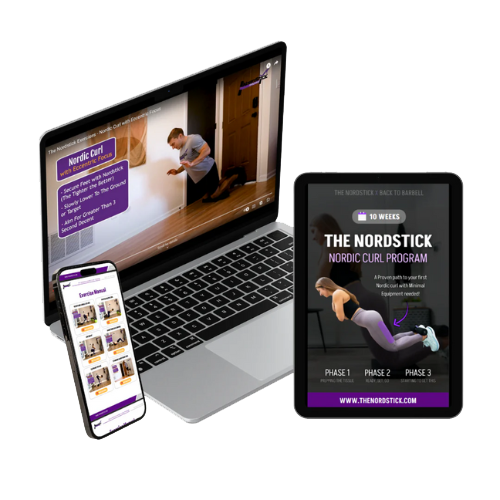


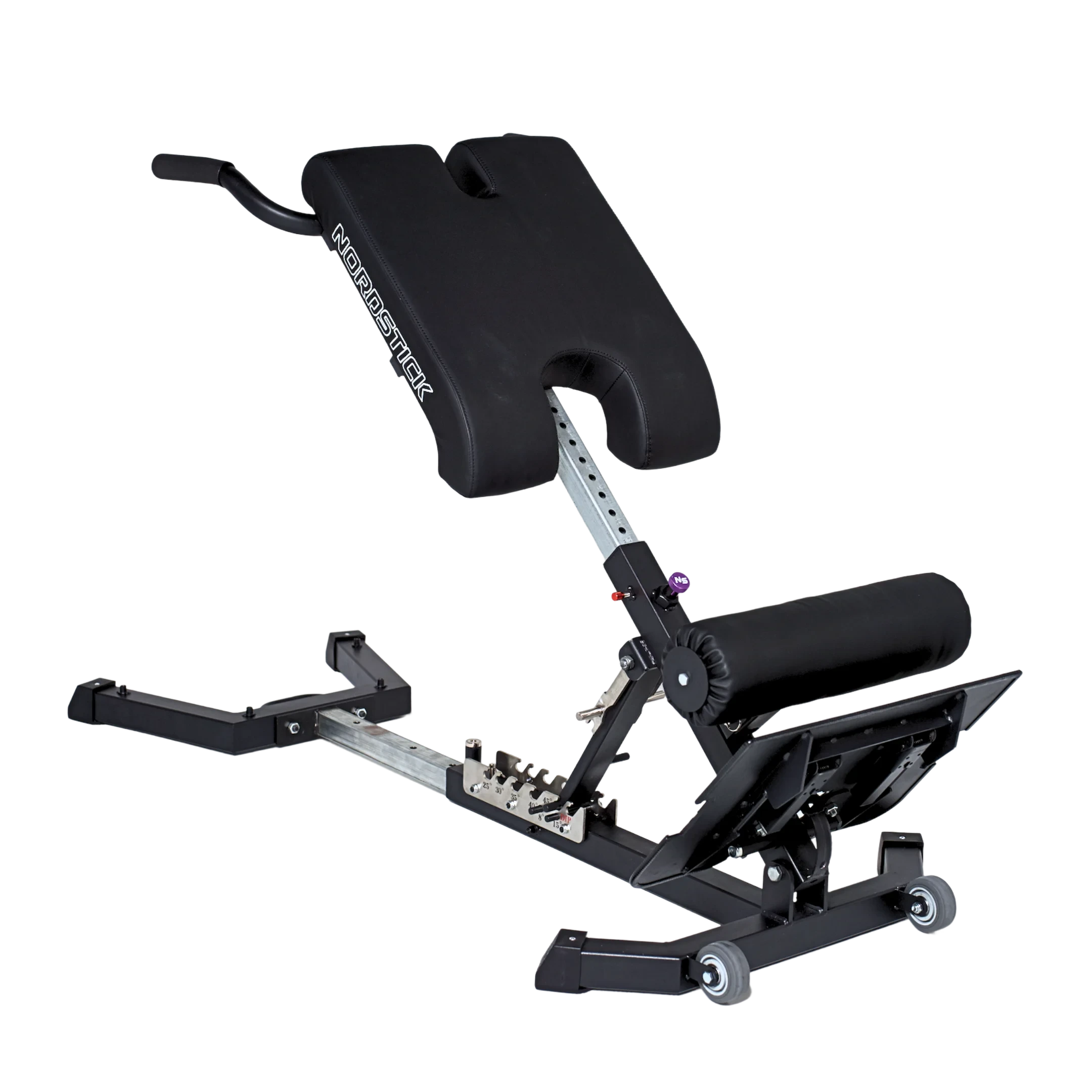
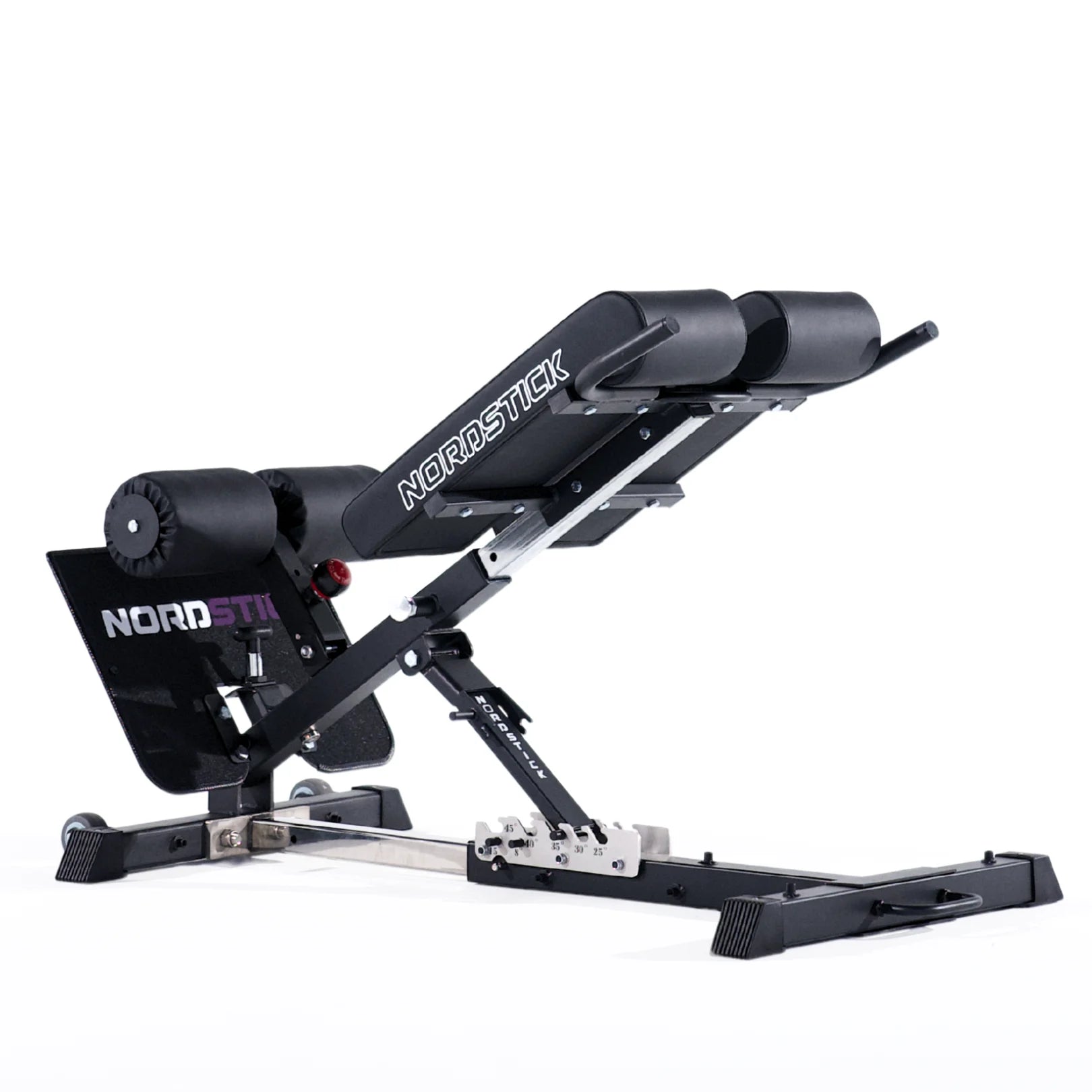





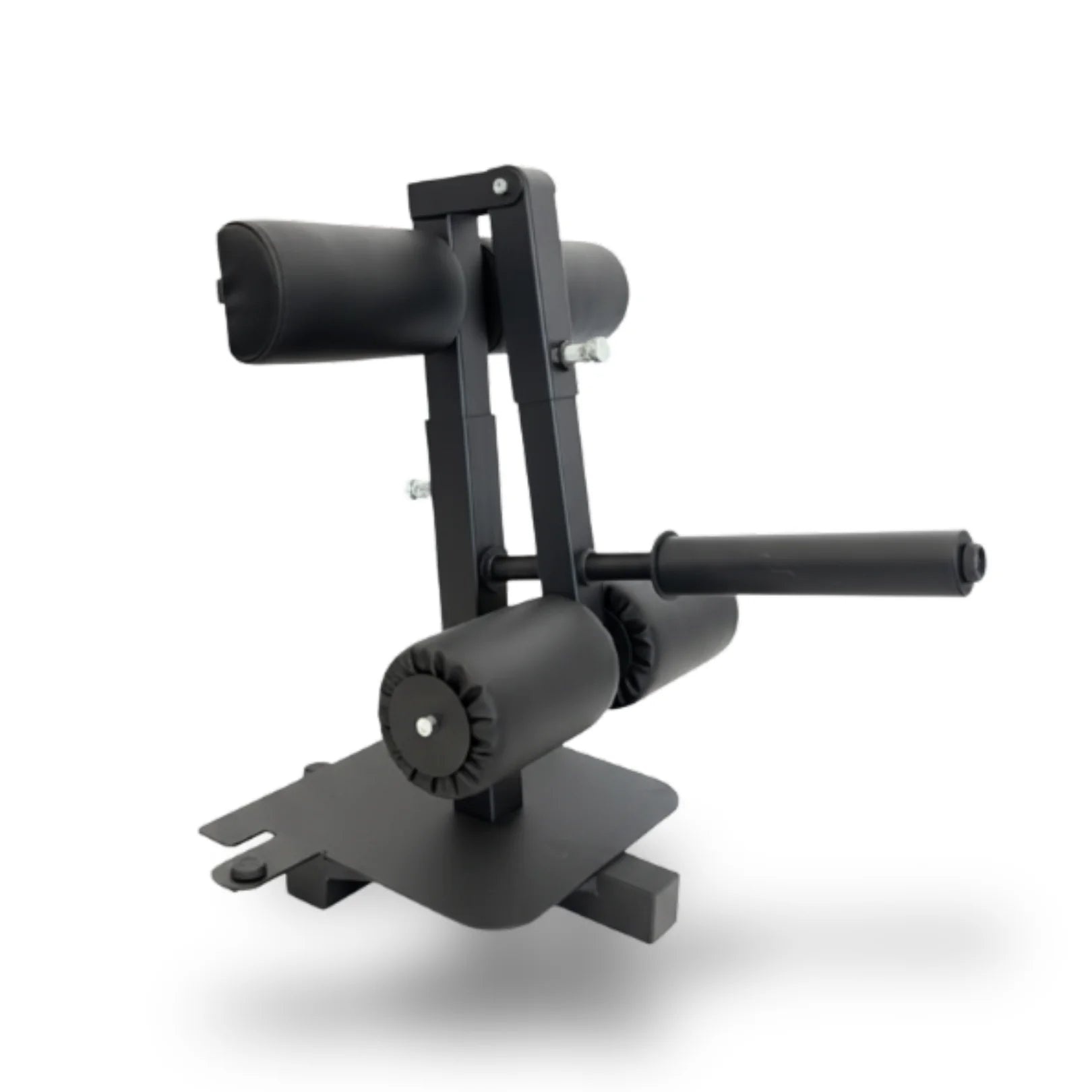

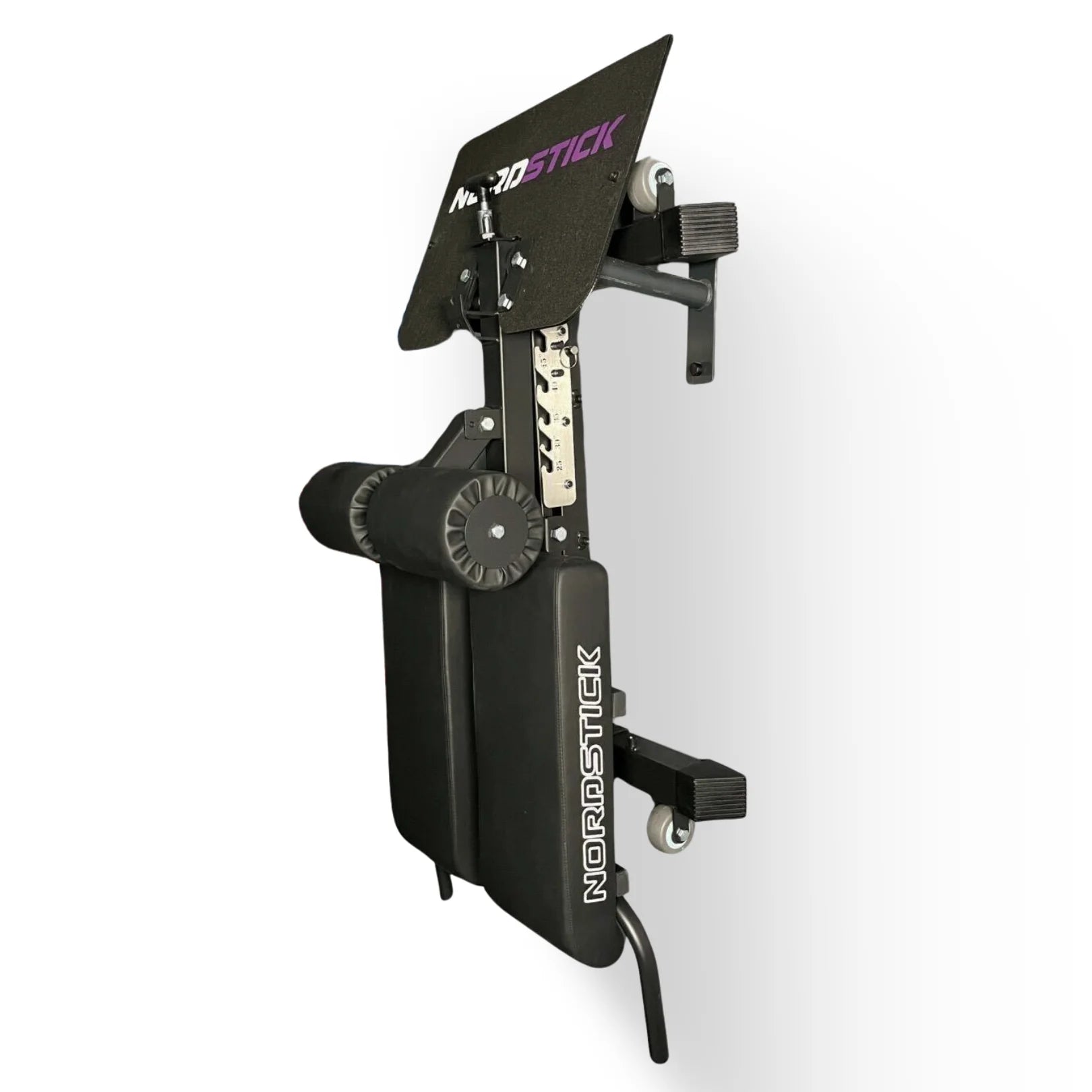
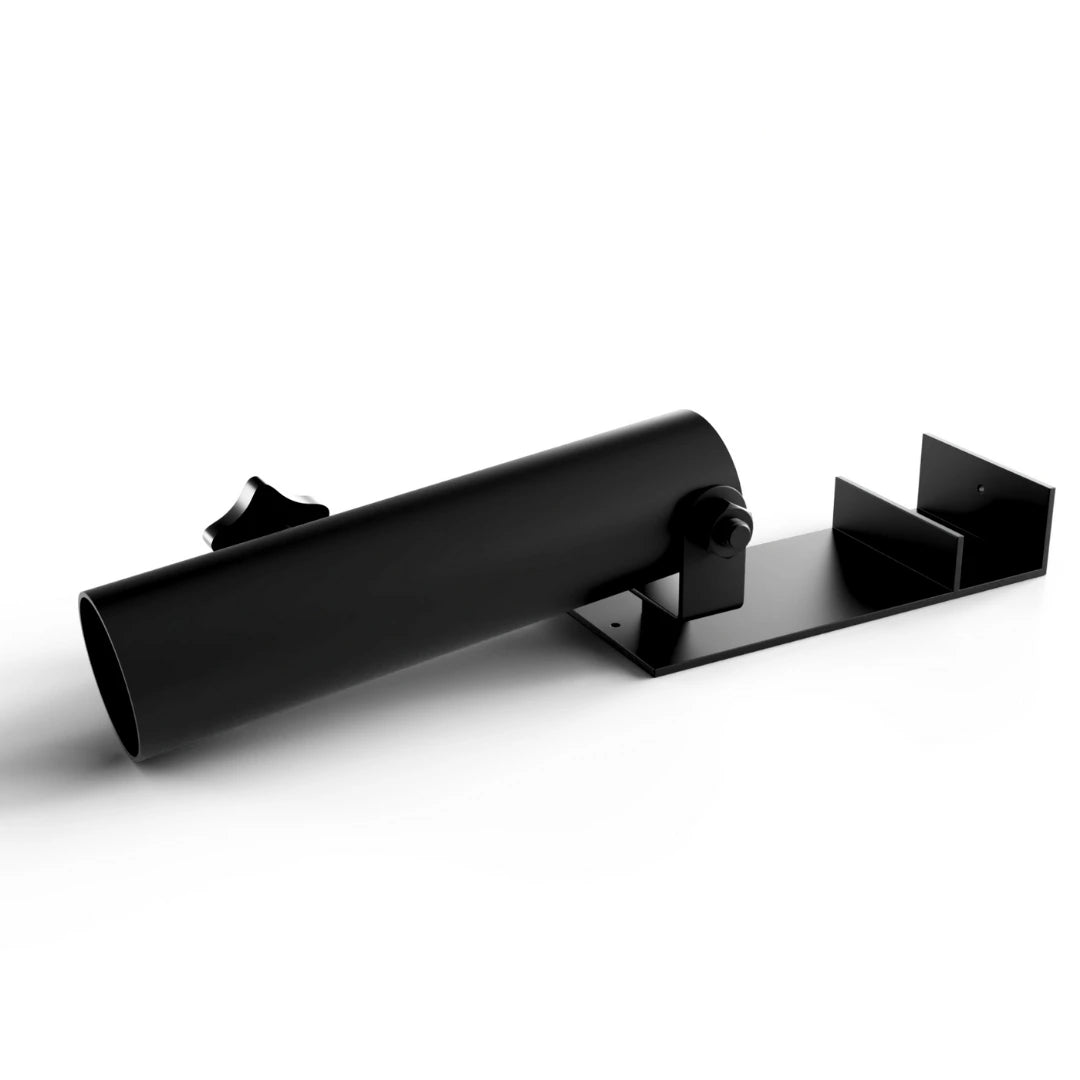
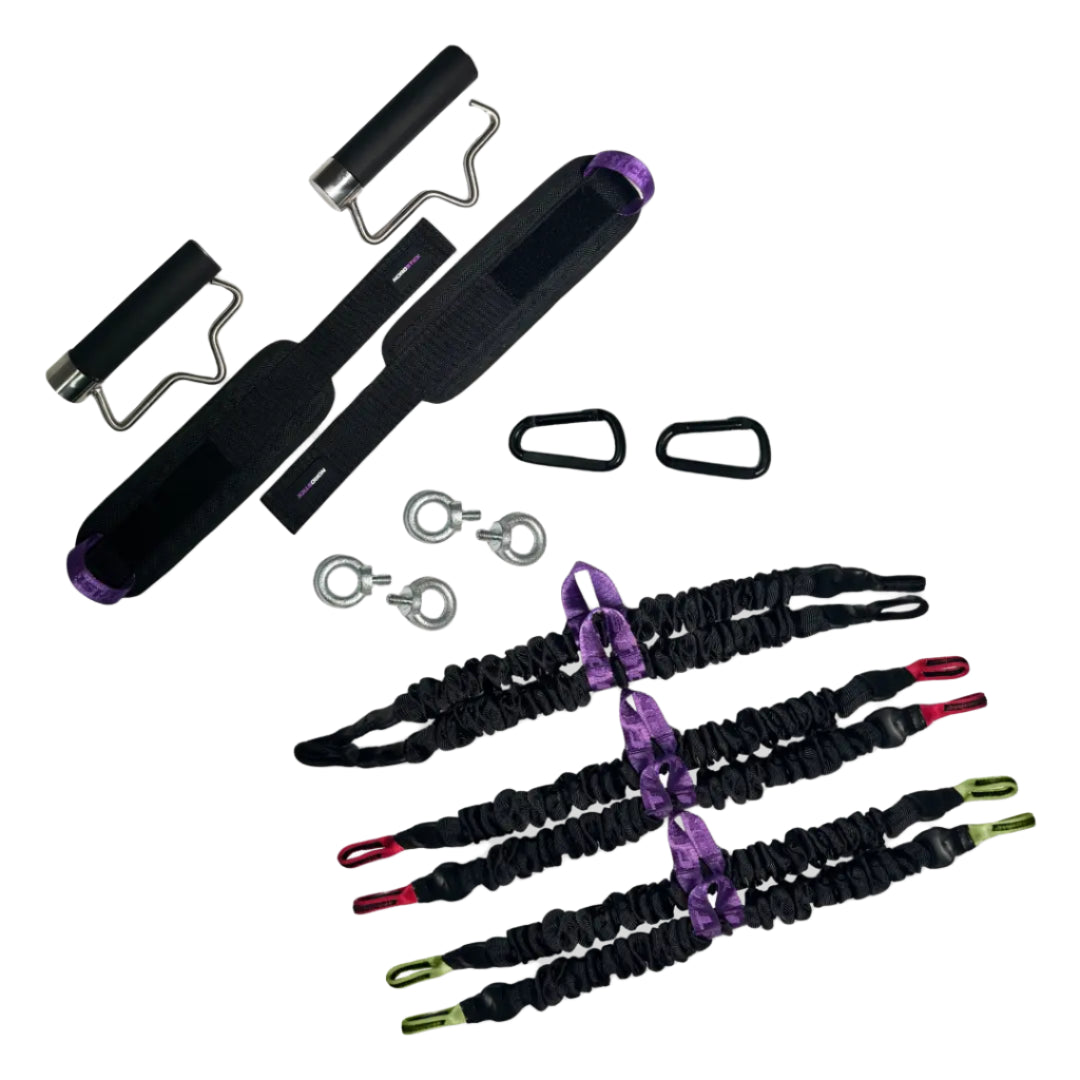
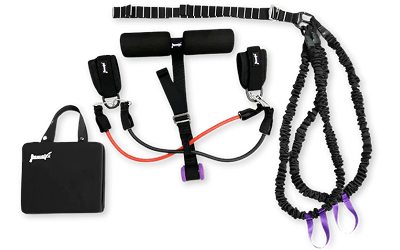
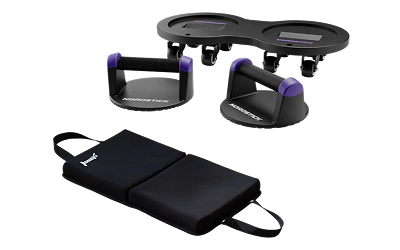
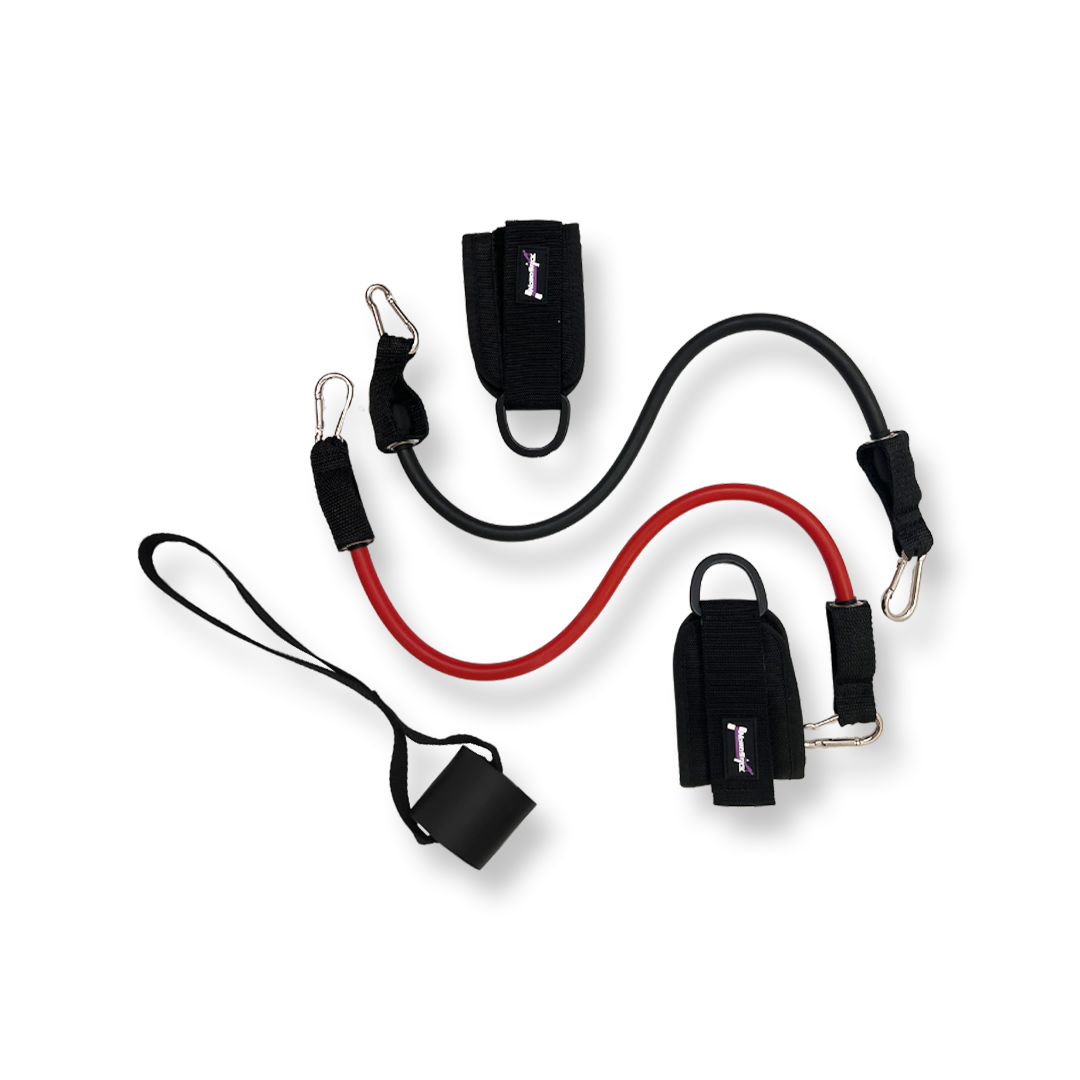
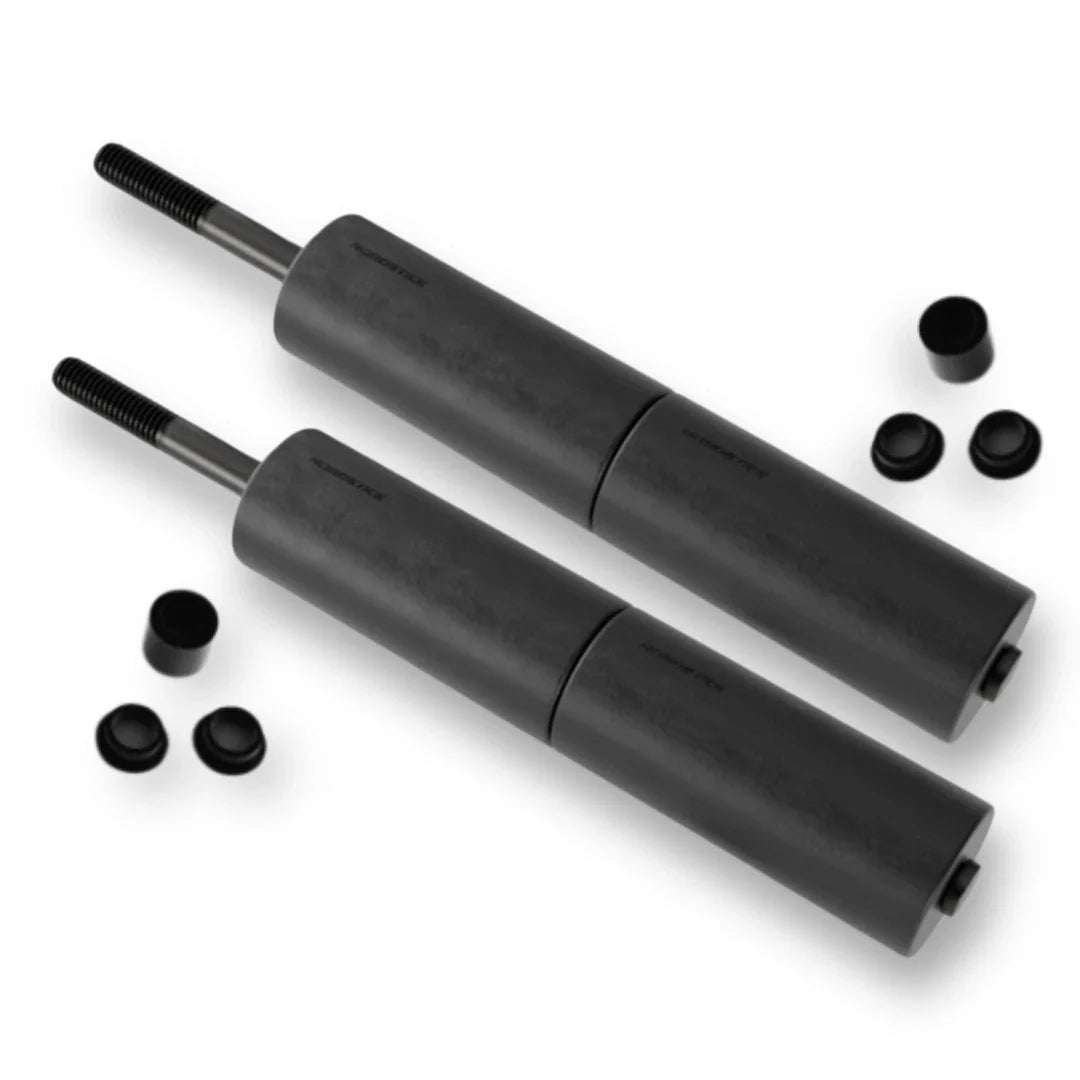
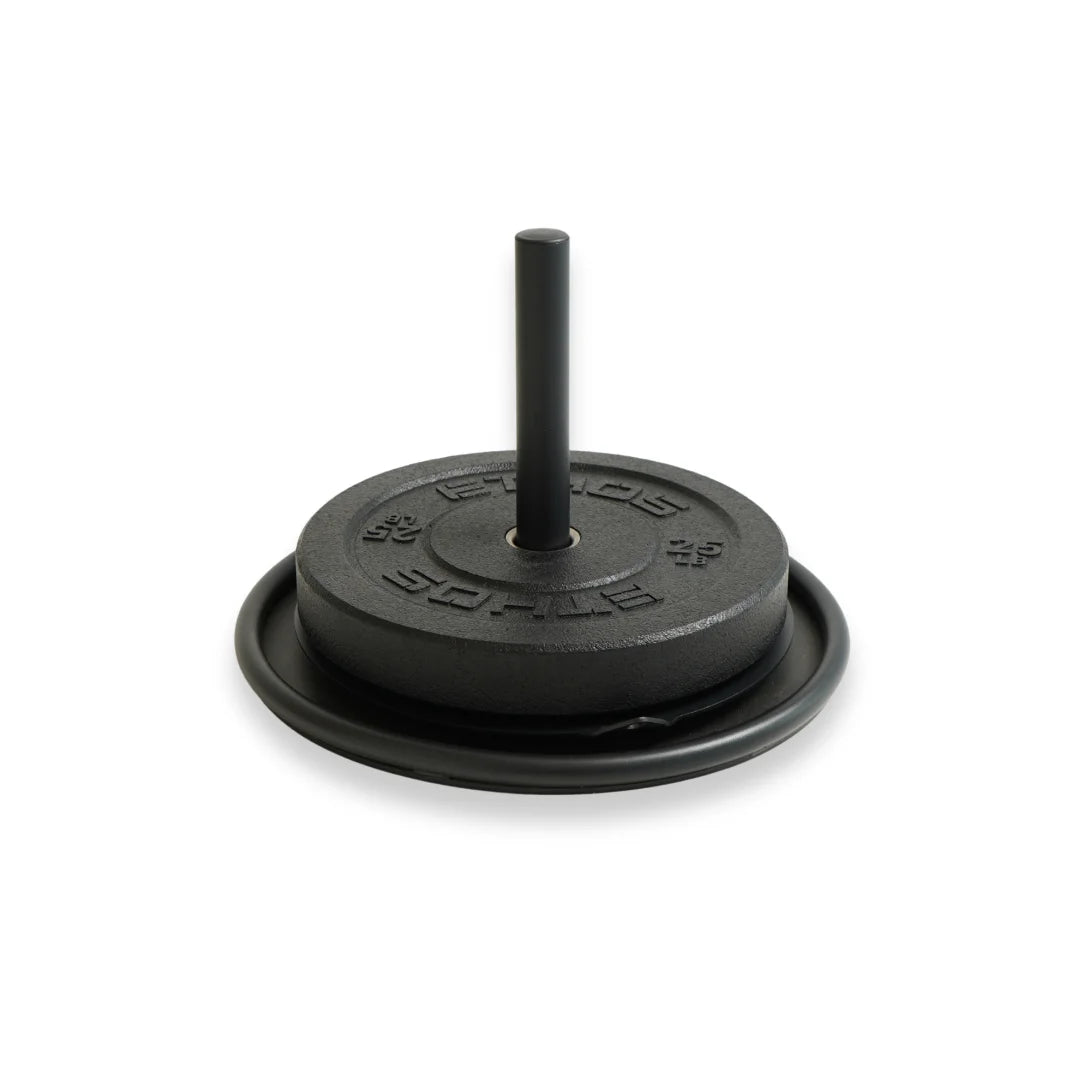
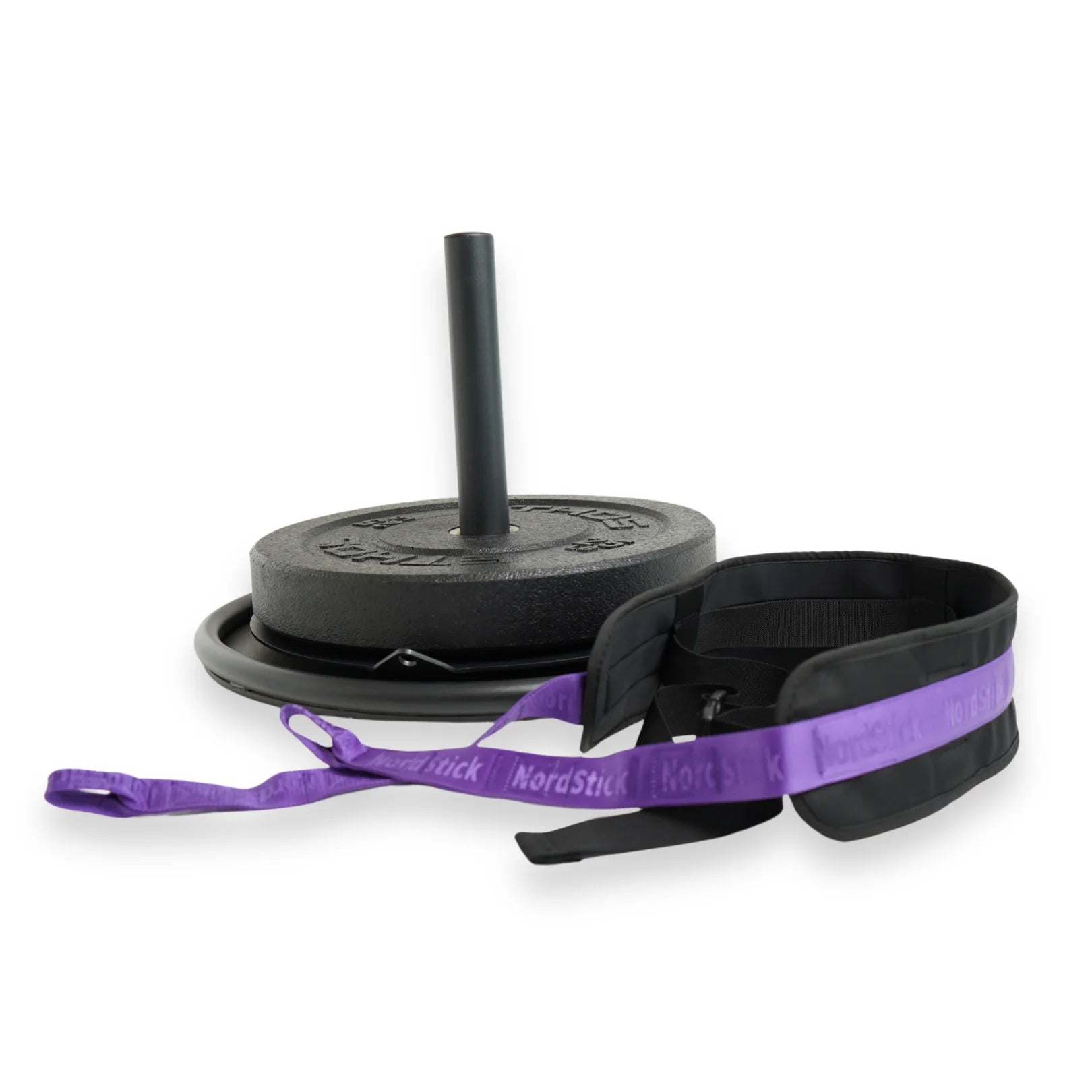
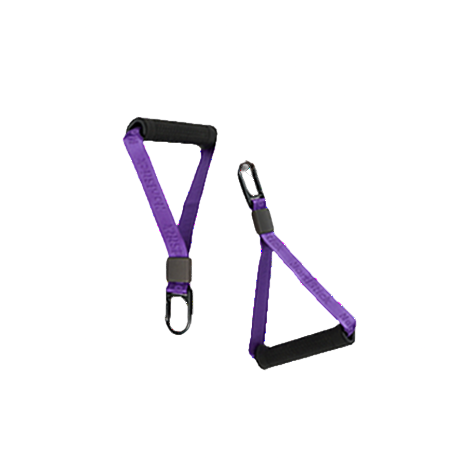
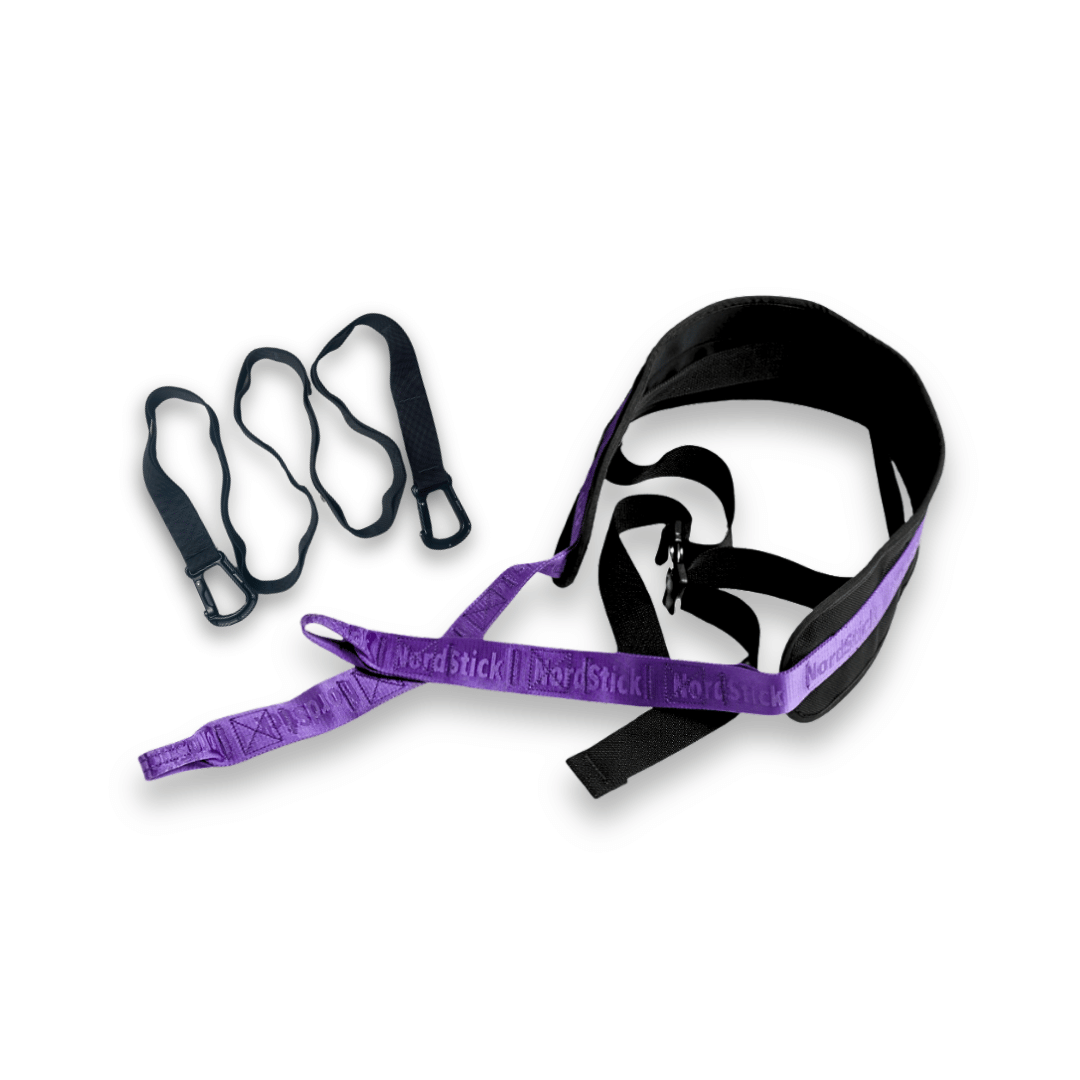
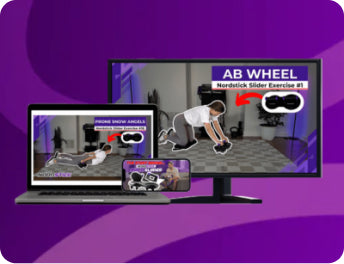


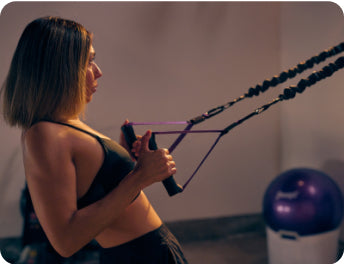


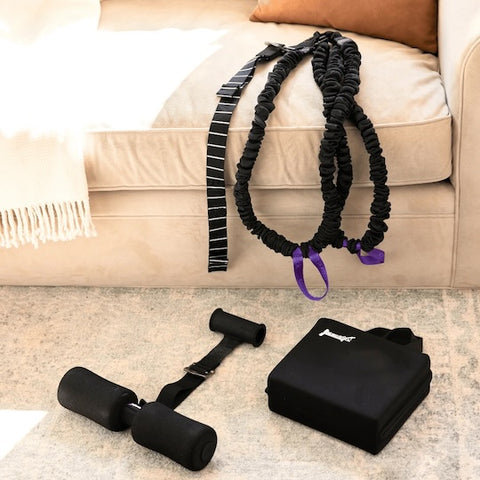


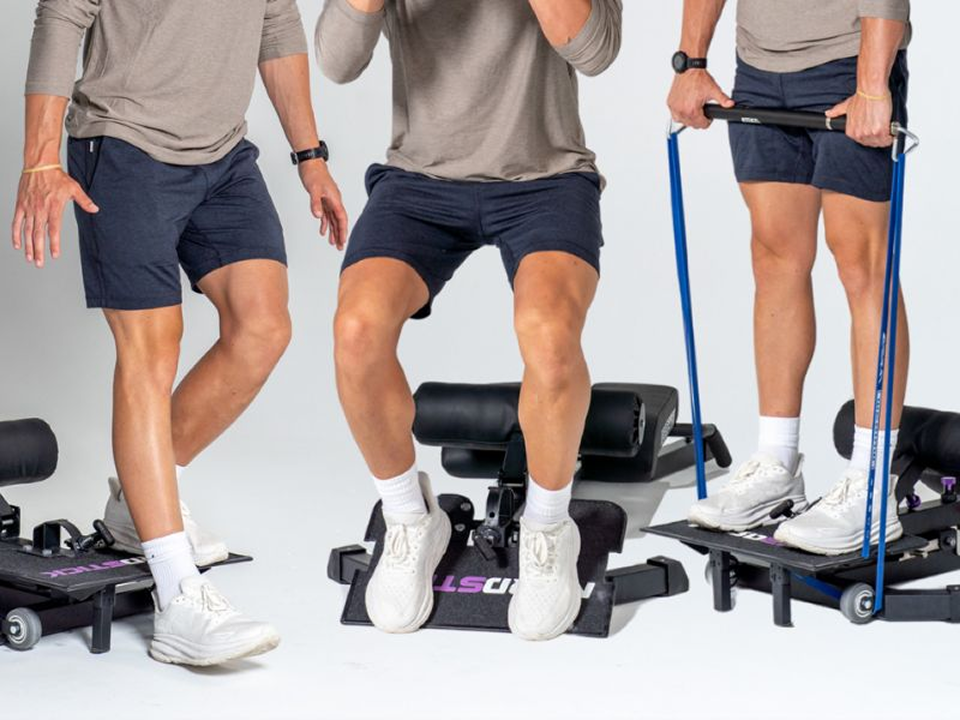
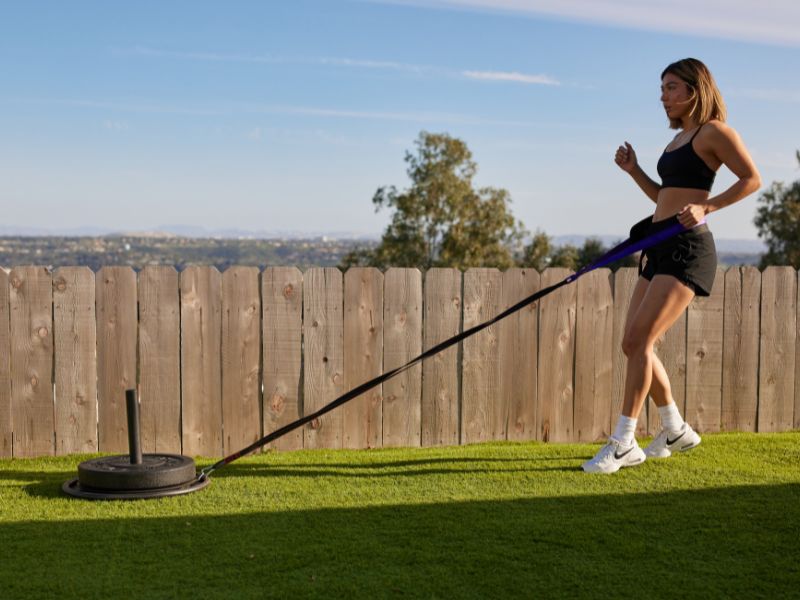

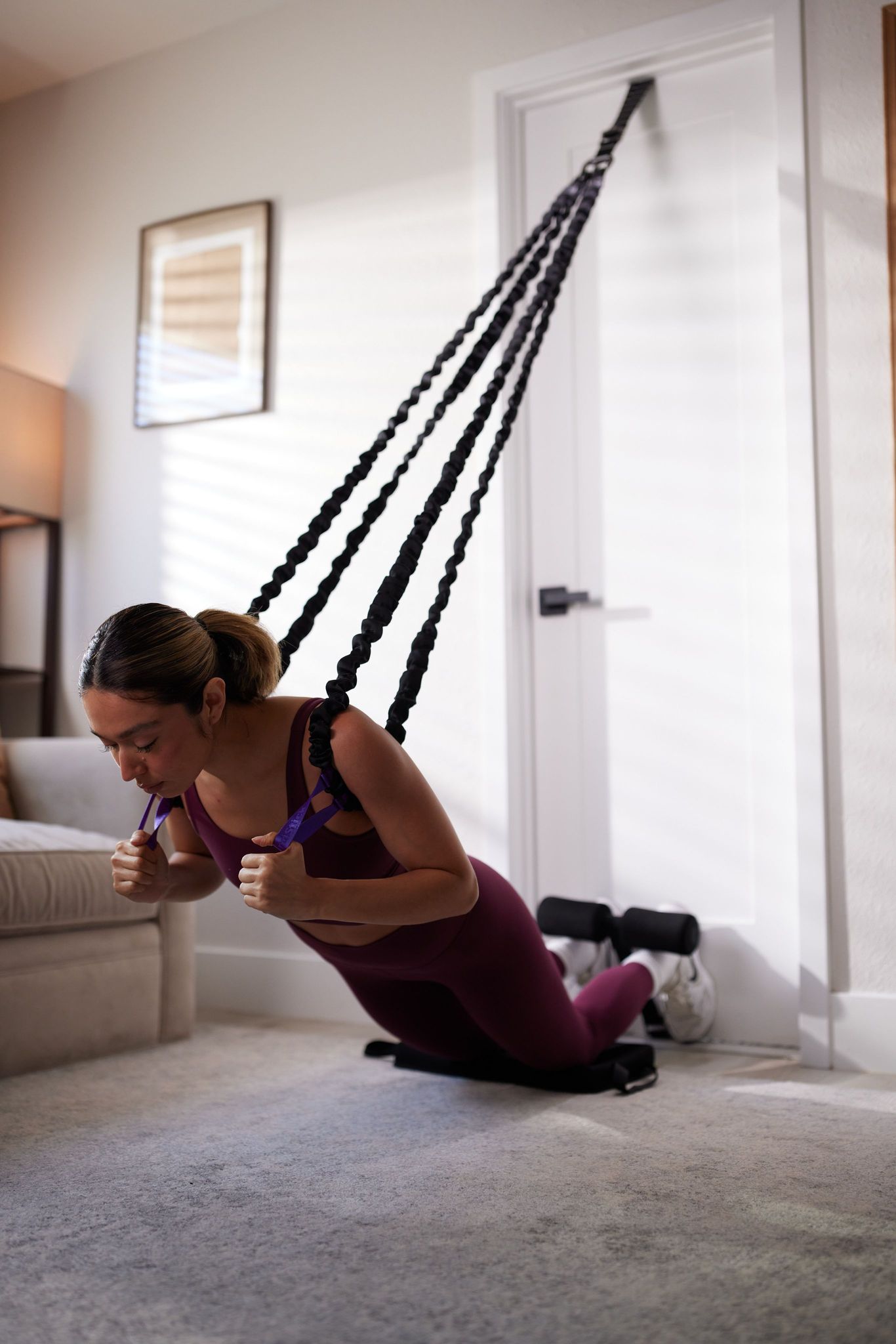

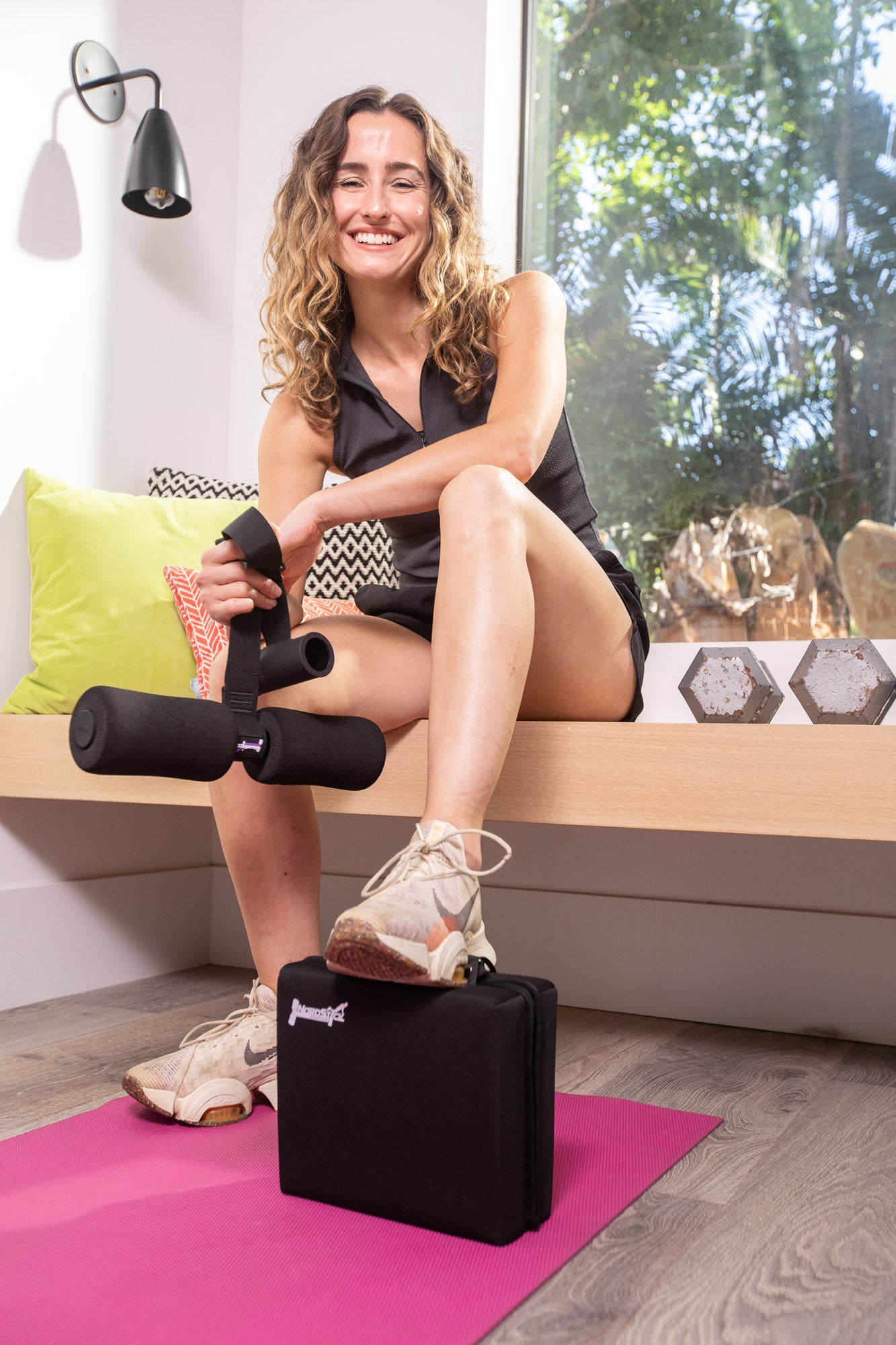




Leave a comment
This site is protected by hCaptcha and the hCaptcha Privacy Policy and Terms of Service apply.